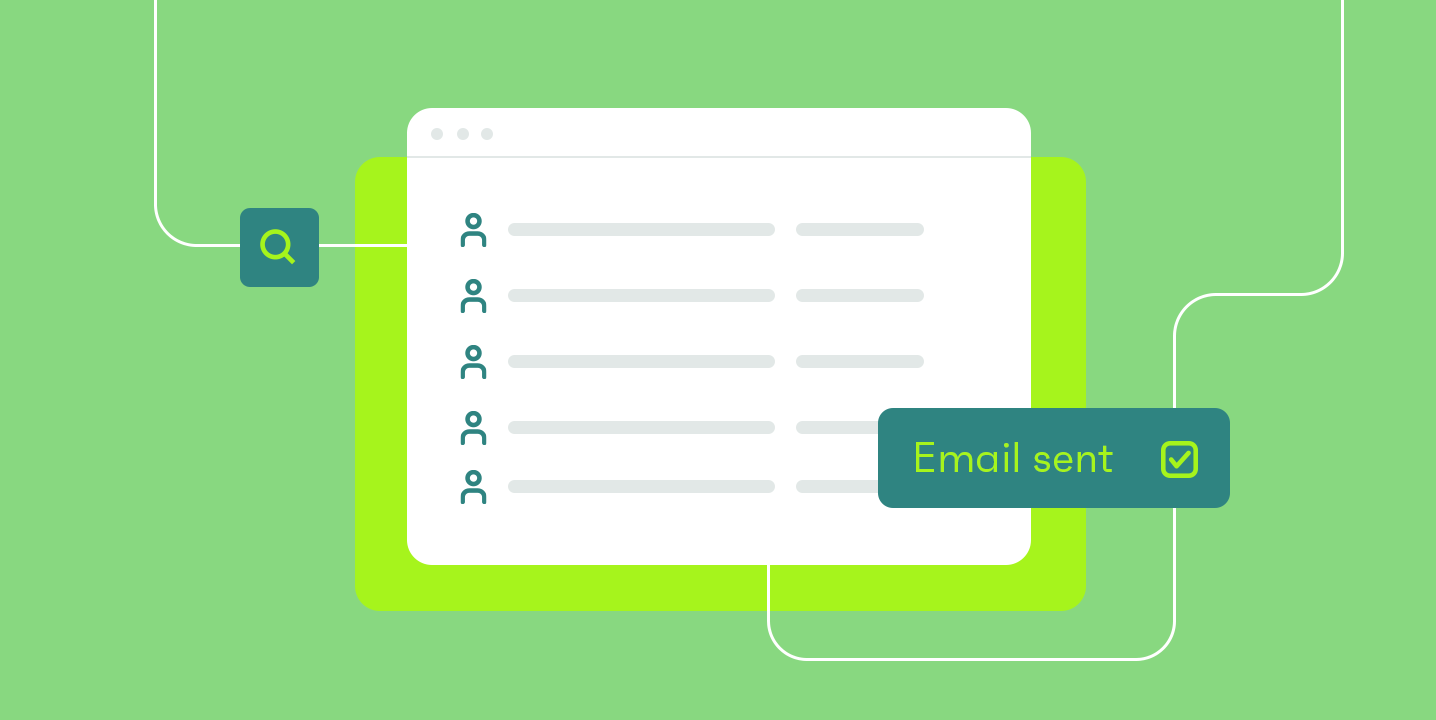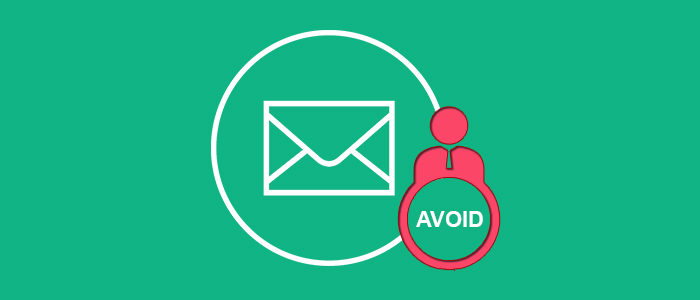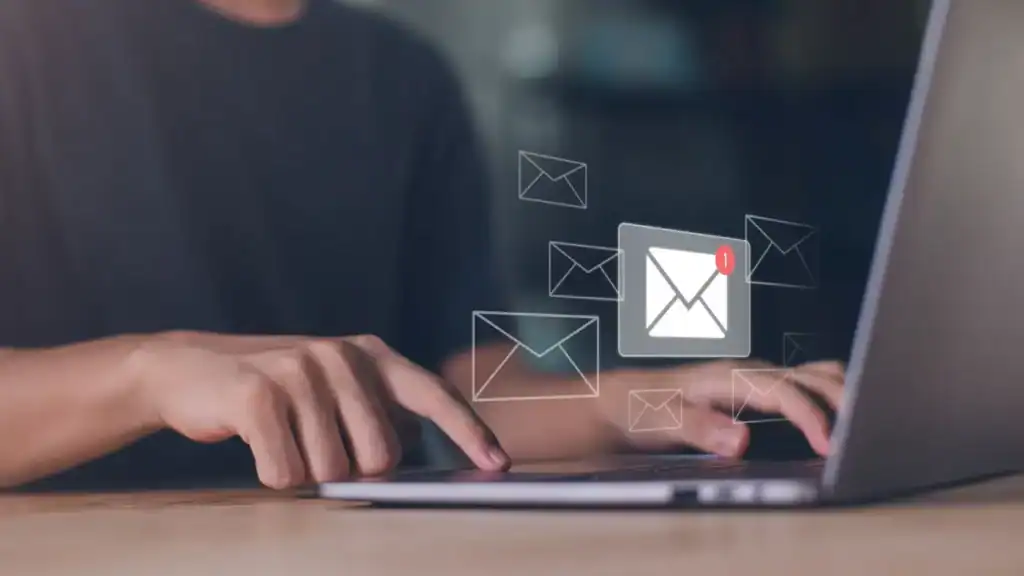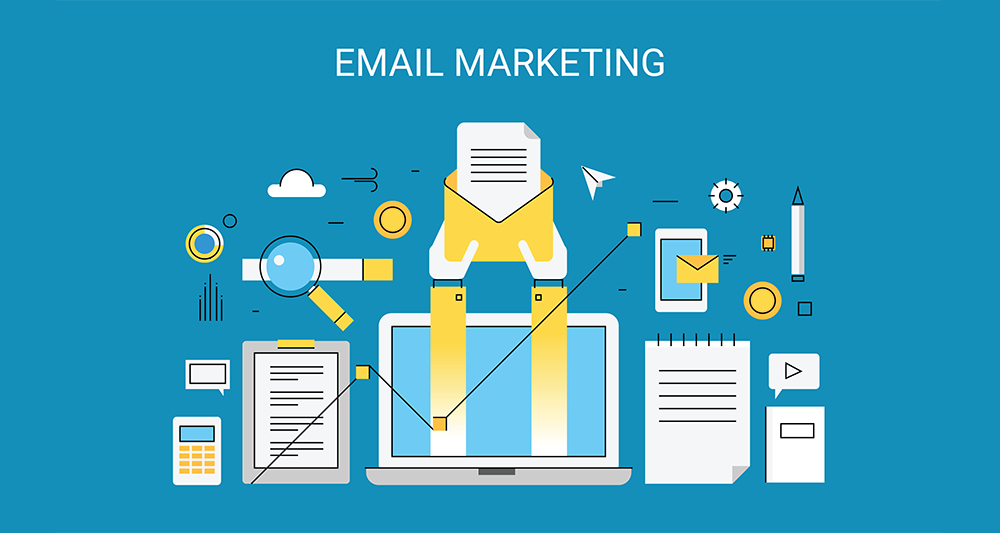An effective email strategy is the golden ticket to more sales and a stronger business. But you don’t need luck to succeed—just the right strategies. We’ve gathered 13 proven email marketing tips from industry experts to help you create high-performing campaigns that deliver real results.
1. Research Your Audience
Understanding your audience is the foundation of successful email marketing. When you know what your subscribers care about, you can tailor content that truly resonates.
Tips to dig deeper:
- Run surveys to gather demographic and interest data
- Use interest checkboxes in signup forms
- Analyze email click data to see what content performs best
- A/B test messaging and formats
Example: Software provider Privyr tested content types and found their audience responded well to email scripts. By focusing on what worked, they increased engagement significantly.
2. Create Templates You Can Reuse
Creating emails from scratch each time wastes valuable time. Instead, build and save reusable components or full templates.
Best practices:
- Design headers, product sections, and CTAs once
- Optimize templates over time based on performance
- Create multiple templates for different use cases
This makes your process more efficient and ensures your branding remains consistent.
3. Get Email List Onboarding Right
New subscribers are most engaged right after signing up. Use that momentum to educate and guide them.
For example:
- E-commerce: Send a welcome email with essential info or a discount
- SaaS or services: Create an onboarding series to introduce your features and benefits
Use automation to trigger these emails immediately upon signup. This sets the tone and boosts engagement from the start.
4. Send Messages at the Right Cadence
Don’t be afraid to email frequently—subscribers do want to hear from you.
What the data says:
- Sending 6–7 emails/week yields a 37.57% average open rate
- Sending 1 email every 2 weeks yields 40.62%
Though open rates may drop slightly, volume can lead to significantly more views overall. Test your sending frequency and monitor subscriber feedback.
5. Nail Your Subject Line
Your subject line determines whether your email gets opened. If it fails to attract attention, your message won’t get read.
Tips to improve subject lines:
- Know what your audience responds to
- A/B test multiple subject lines
- Use tools to generate ideas
- Keep it concise and clear
Good subject lines increase engagement and make all your content efforts worthwhile.
6. Direct Subscribers Down the Funnel
Use your emails strategically to guide readers toward the next step—whether that’s a purchase, download, or signup.
Ideas based on your business:
- E-commerce: Link to product pages or offers
- SaaS: Direct users to help articles or demos
- Services: Promote consultations, webinars, or testimonials
Don’t give away everything in the email. Make readers click for more.
7. Create a Connection With Your Audience
Be human. Tell stories. Be relatable. Add real value.
Suggestions:
- Share personal insights or stories
- Use dynamic tags for personalization (name, location, preferences)
- Combine community-building content with actionable next steps
Your emails should feel like a conversation, not a sales pitch.
8. Boost Performance With Testing
A/B or multivariate testing allows you to optimize every part of your emails.
What to test:
- Subject lines
- Sender names
- Photos and visuals
- CTAs
- Offers and copy
Send different versions to a small test group. The best performer is then sent to the remaining audience. This increases effectiveness and reduces unsubscribes.
9. Increase Opens by Resending Campaigns
Resending to non-openers can dramatically improve your reach. According to Biovie, automatic resends brought a second 15% open rate after an initial 25%.
Tips for resends:
- Change the subject line or send time
- Wait at least 24–48 hours before resending
- Reserve for important campaigns to avoid fatigue
It’s a low-effort, high-impact tactic.
10. Verify Your Email List Frequently
List quality degrades over time. Clean your email list at least twice a year to maintain high deliverability.
Remove:
- Inactive accounts
- Invalid or fake email addresses
- Subscribers who haven’t engaged in months
Use a list-cleaning tool or verification service, especially if you don’t use double opt-in forms.
11. Check for Inactive Subscribers
Inactive users hurt your engagement rates and can flag your messages as spam.
Steps to handle them:
- Segment users who haven’t opened in 3–6 months
- Send a re-engagement campaign with a compelling offer
- Remove users who don’t respond
This keeps your list healthy and improves your sender reputation.
12. Promote Lead Magnets Everywhere
A lead magnet is only effective if people see it. Promote it on:
- Your website (popups, forms)
- Blog posts
- Social media
- Reddit or community forums
- Paid ads
Wider distribution equals more subscribers. Just ensure your follow-up emails are ready to nurture leads into customers.
13. Analyze Email Campaign Performance
Track what matters most to your business goals.
Useful metrics:
- Open rate (engagement)
- Click-through rate (interest)
- New subscribers (growth)
- Revenue from emails (ROI)
Use dashboards or mobile apps to monitor your performance and adjust your strategy accordingly.
Conclusion: Implement These Tips and Grow
Email remains one of the highest-ROI marketing channels. The expert strategies above are actionable, effective, and accessible—no matter your industry or experience level.
Want to take it a step further? Dive deeper into email automation, personalization, and segmentation to continue scaling your results.




